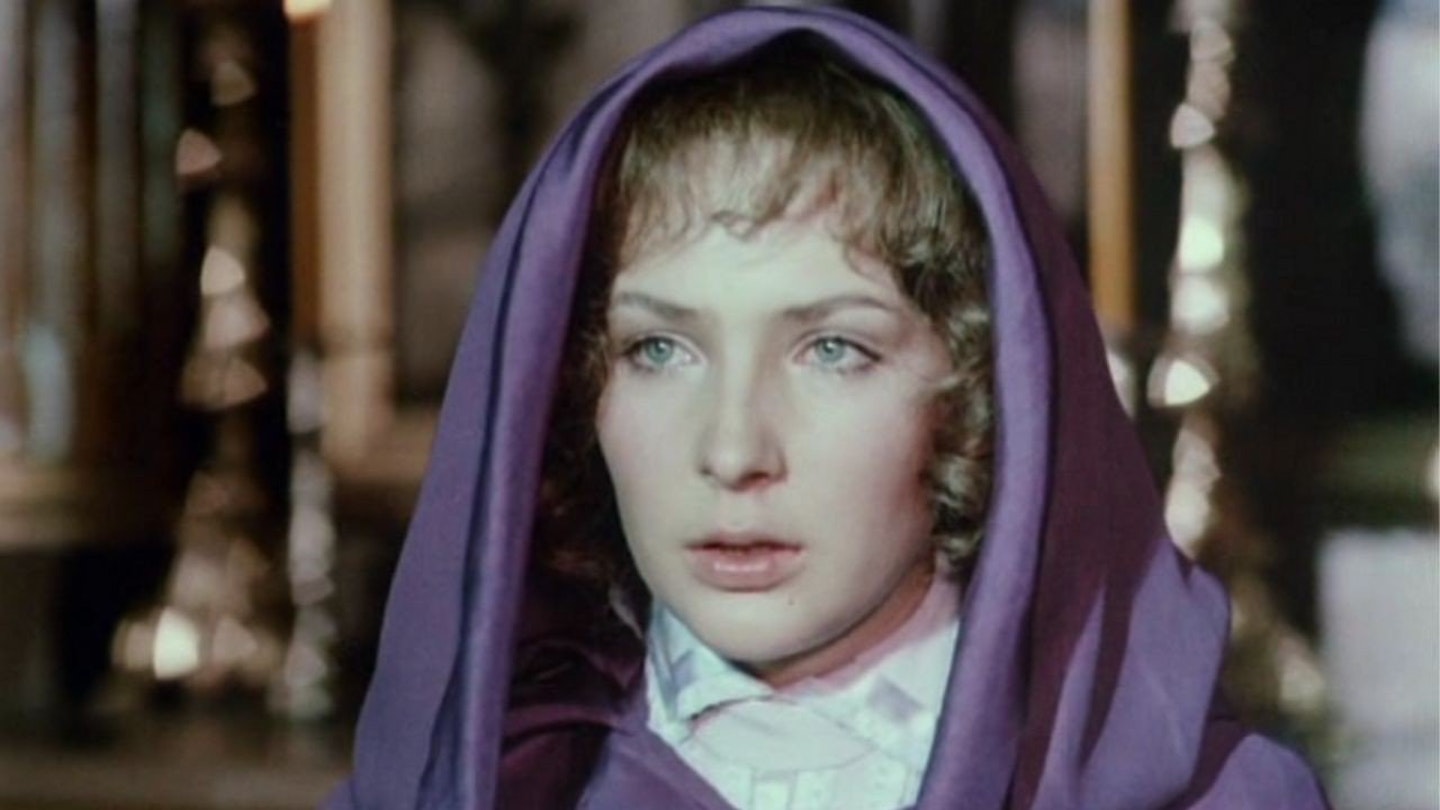In 1933, the term "science fiction" was barely in use it was a development of the unwieldy "scientifiction", coined by pulp magazine founder Hugo Gernsback but there was a recognised tradition of "scientific romance", which took in the great novels of H.G. Wells along with the likes of Conan Doyle's The Lost World and many another forgotten Victorian or Edwardian tales. James Whale of Gods And Monsters fame became a superstar director at Universal Pictures on the strength of the 1931 Frankenstein, which made a star of Boris Karloff.
Back then, the boundaries between genres were more fluid, and Whale's Frankenstein follow-ups took off in unexpected ways: emphasising the grotesque comedy and spooky theatrics in The Old Dark House (1932), and picking up on the laboratory shenanigans in The Invisible Man, a suitably spirited adaptation of Wells' ripping novel. In common with Frankenstein, The Invisible Man is vague about when it is set: the costumes are a mix of 1930s modern (Titanic star Gloria Stewart wears a selection of fetching hats) and Victorian/Dickensian fusty for villagers and policemen. Dudley-born Whale imported writer R.C. Sheriff, author of Journey's End, to throw out early drafts that have the invisible man mixed up in the Russian Revolution. The supporting cast is crammed with the British eccentrics Whale loved: screeching Una O'Connor as the termagant landlady, E.E. Clive as the moustachioed village constable ("I can't arrest a bloomin' shirt"), and Forrester Harvey as O'Connor's henpecked husband.
When Karloff, having done two star roles for Whale with no dialogue, baulked at a third in which he would talk a lot but be almost totally unseen, Whale again looked to the English acting community for an unknown. He came up with Brixton-born Claude Rains, who was thought too short to have movie potential, but had a terrific voice: velvety with a sly twist, perfect for those wonderful mad scientist speeches: "We'll begin with a reign of terror, a few murders here and there. Murders of great men, murders of little men, just to show we make no distinction." Rains, whose expressive gestures are also vital to his performance, recognised it as a career-making opportunity, a whole film that builds up to the revelation of his face, visible only in death. Like Karloff, Rains benefited greatly from Whale's boost and became one of Hollywood's most valuable players, in everything from The Adventures Of Robin Hood (as Bad King John) to Casablanca ("Round up the usual suspects").
Unusually for 1933, The Invisible Man starts in the middle of the story. During a tremendous storm, Jack Griffin (Rains) takes a room at the pub in the village of Iping. Bundled up in coat, hat and gloves, the stranger's head is swathed in bandages. He sports goggle-like dark glasses and a visibly cardboard nose. The villagers are put out by Griffin's tendency to rant and the unknown experiments he performs in his room, and break in to confront him, whereupon he removes all his coverings (the gay Whale must have enjoyed sneaking the first male striptease past the censor) to reveal his invisibility. What special effects genius John P. Fulton accomplished with 1930s technology was certainly on a par with anything in 1992's Chevy Chase vehicle Memoirs Of An Invisible Man.
But Whale also added attitude: Griffin uses his invisibility larkishly pedalling off on a stolen bicycle singing "Here we go gathering nuts in May" but he also has a mean streak that will transform him into a murderer. Griffin gets in touch with his old colleague Kemp (William Harrigan) and fiance Flora (Stuart), then explains how his experiments with a drug called monocaine have turned him invisible. In the novel, the psychological effect of being unseen leads Griffin into madness, but the film simplifies this into an unbalancing side-effect of monocaine. Flora tries to reason with Griffin but Kemp is appalled and betrays him to the police, whereupon the Invisible Man goes on a solitary rampage (killing off the weasley Kemp) and is tracked by mobs.
Griffin is wounded and the police follow a trail of blood and shoeprints (a notable blooper the prints should be bare feet) to a farm. Griffin is captured and dies in hospital, musing in a last lucid moment, "I meddled in things that man must leave alone" an anti-science attitude entirely typical of the genre and still prevalent in the likes of Jurassic Park. Among future meddlers, of course, were Universal Pictures, never known to let a franchise lie. In 1940, Griffin's brother turned up to render Vincent Price transparent in The Invisible Man Returns. Jon Hall took over as new Griffins in the wartime Invisible Agent and The Invisible Man's Revenge, and Universal reused the premise for laughs in The Invisible Woman and the inevitable Abbott And Costello Meet The Invisible Man. There was also a television series in 1975 starring David McCallum.

